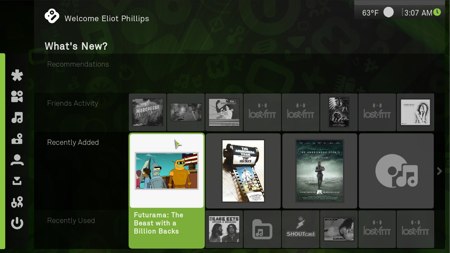[youtube=http://www.youtube.com/watch?v=sXCA8SM9nS4]
While the iPhone 3G included several new features that its predecessor lacked, one thing it did not include was a dock. Instead of shelling out $30 to buy Apple’s iPhone 3G dock, [Roland] and the folks at Geeky-Gadgets.com decided to design their own cardboard iPhone dock. While this doesn’t include any fancy features like dock connectors or audio line-outs, it looks like a quick and budget friendly way to give your iPhone 3G a place to charge and sync.














